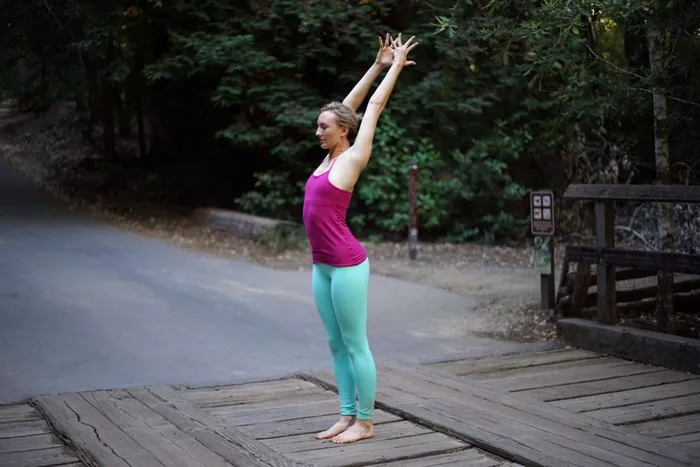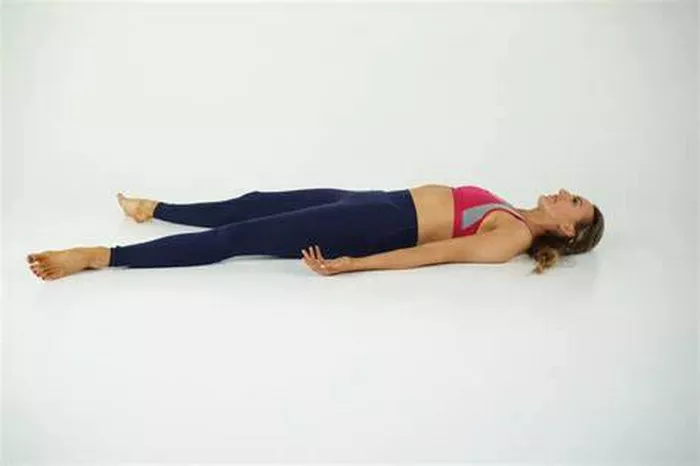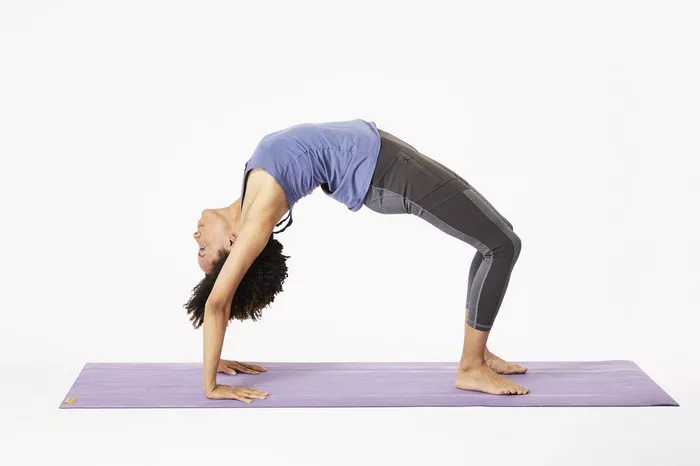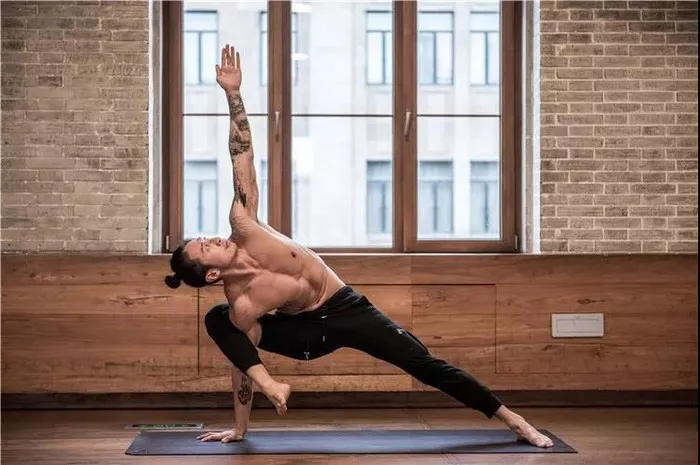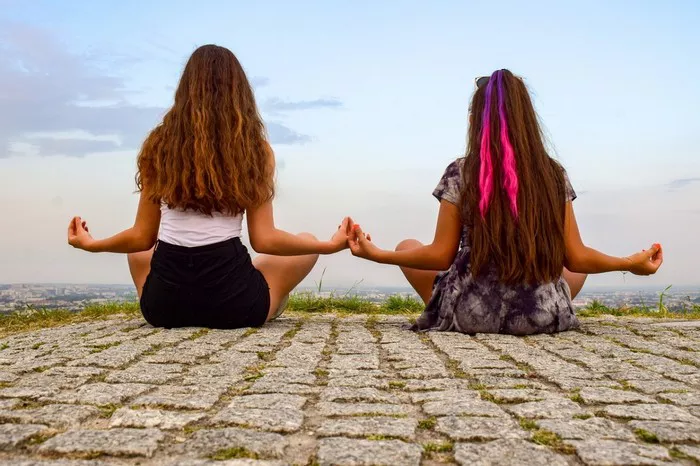Scoliosis, characterized by an abnormal lateral curvature of the spine, affects millions of people worldwide. While medical interventions like braces and surgeries are common treatments, complementary practices such as yoga offer promising avenues for managing scoliosis symptoms. Yoga, with its focus on alignment, flexibility, and strength, can help individuals with scoliosis improve posture, reduce pain, and enhance overall quality of life.
Understanding Scoliosis:
Scoliosis is a condition marked by an abnormal sideways curvature of the spine. It can occur at any age but is most commonly diagnosed during adolescence. While the causes of scoliosis vary, including congenital factors, neuromuscular conditions, or idiopathic origins, its effects on spinal alignment and posture can lead to discomfort, restricted movement, and potential complications if left untreated.
Yoga as a Complementary Approach:
Yoga, an ancient practice originating in India, encompasses physical postures (asanas), breathing techniques (pranayama), and meditation. Its holistic approach addresses both physical and mental well-being, making it suitable for individuals with scoliosis seeking non-invasive methods to manage their condition. Through targeted asanas and mindful movement, yoga can help alleviate pain, improve spinal alignment, and enhance flexibility and strength, contributing to better spinal health and overall comfort.
Yoga Poses for Scoliosis:
1. Mountain Pose (Tadasana):
- Stand tall with feet hip-width apart.
- Engage thighs, lift kneecaps, and lengthen tailbone.
- Roll shoulders back, extending arms alongside the body.
- Lift through the crown of the head, maintaining alignment from heels to head.
- Breathe deeply, feeling the elongation of the spine and the grounding through the feet.
2. Cat-Cow Stretch (Marjaryasana-Bitilasana):
- Begin on all fours, aligning wrists under shoulders and knees under hips.
- Inhale, arching the back and lifting the head and tailbone (Cow Pose).
- Exhale, rounding the spine upward, tucking the chin to the chest (Cat Pose).
- Flow smoothly between Cat and Cow, synchronizing breath with movement.
- Feel the gentle mobilization of the spine, fostering flexibility and awareness of its natural curves.
3. Child’s Pose (Balasana):
- Kneel on the mat, sitting back on the heels.
- Extend arms forward, lowering the torso between the thighs.
- Rest forehead on the mat and relax arms alongside the body.
- Breathe deeply, allowing the spine to lengthen and the lower back to release.
- Feel a gentle stretch along the spine, hips, and shoulders, promoting relaxation and tension relief.
4. Triangle Pose (Trikonasana):
- Begin in a wide-legged stance, feet parallel to each other.
- Turn right foot out 90 degrees and left foot slightly inward.
- Extend arms to the sides at shoulder height.
- Shift hips to the left as you reach toward the right, placing the right hand on the shin, ankle, or floor.
- Extend the left arm upward, aligning shoulders vertically.
- Gaze at the left hand or toward the ceiling, maintaining a straight line from head to heel.
- Feel the stretch along the sides of the torso and spine, promoting lengthening and opening.
5. Bridge Pose (Setu Bandhasana):
- Lie on your back with knees bent and feet hip-width apart.
- Press into the feet, lifting the hips toward the ceiling.
- Slide shoulder blades down the back and interlace fingers beneath the body.
- Keep thighs parallel and engage the glutes and core.
- Hold the pose, breathing deeply and feeling the expansion across the chest and front of the body.
- Experience the gentle extension of the spine, strengthening the back muscles and promoting alignment.
6. Seated Twist (Ardha Matsyendrasana):
- Sit with legs extended in front.
- Bend the right knee and place the right foot outside the left thigh.
- Keep the left leg extended or bend it, placing the left foot outside the right hip.
- Inhale, lengthening the spine, and exhale, twisting to the right, placing the left elbow outside the right knee.
- Use each inhale to lengthen the spine and each exhale to deepen the twist.
- Gaze over the right shoulder, maintaining length in the spine and openness in the chest.
- Feel the gentle rotation of the spine, stretching the muscles along the back and sides.
7. Downward-Facing Dog (Adho Mukha Svanasana):
- Start on all fours, aligning wrists under shoulders and knees under hips.
- Press into the hands, tuck toes, and lift hips toward the ceiling.
- Straighten the arms and legs, forming an inverted V shape with the body.
- Engage the thighs and lengthen the spine, reaching heels toward the floor (or keeping knees bent if hamstrings are tight).
- Relax the head and neck, allowing the spine to decompress and the shoulders to broaden.
- Experience the elongation of the spine, the release of tension in the back, and the strengthening of the entire body.
8. Supported Fish Pose (Matsyasana Variation):
- Place a yoga block horizontally beneath the mid-back, supporting the spine.
- Extend legs long or bend knees, so feet are flat on the floor.
- Rest arms alongside the body with palms facing up.
- Relax the entire body, allowing the chest to open and the shoulders to soften.
- Close the eyes and focus on deep, rhythmic breathing, expanding the chest with each inhale.
- Feel the gentle backbend, promoting extension in the thoracic spine and opening across the chest.
Conclusion
Yoga offers a holistic approach to managing scoliosis, providing individuals with valuable tools to enhance spinal alignment, mobility, and overall well-being. By incorporating these targeted yoga poses into a regular practice, individuals with scoliosis can cultivate greater awareness of their body, alleviate discomfort, and foster a sense of balance and harmony within themselves. As with any physical practice, it’s essential to listen to your body, work within your limitations, and seek guidance from a qualified yoga instructor or healthcare professional when needed. Through consistent practice and mindful movement, yoga can empower individuals with scoliosis to embrace their unique spinal structure and live more fully with greater comfort and vitality.

